January 22, 2019
Business leaders lack ethical insight needed to get the best out of AI
 Although executives have high expectations for the impact that AI will have on their businesses according to Cognizant’s new report, ‘Making AI Responsible – and Effective, only half of companies have policies and procedures in place to identify and address the ethical considerations of its applications and implementations. The study analyses the responses of almost 1,000 executives across the financial services, technology, healthcare, retail, manufacturing, insurance and media & entertainment industries in Europe and the US. The research suggests that business leaders are positive about the importance and potential benefits of AI. Roughly two- thirds (63 percent) say that AI is extremely or very important to their companies today, and 84 percent expect this will be the case three years from now. Lower costs, increased revenues and the ability to introduce new products or services, or to diversify were cited as the key advantages for the future.
Although executives have high expectations for the impact that AI will have on their businesses according to Cognizant’s new report, ‘Making AI Responsible – and Effective, only half of companies have policies and procedures in place to identify and address the ethical considerations of its applications and implementations. The study analyses the responses of almost 1,000 executives across the financial services, technology, healthcare, retail, manufacturing, insurance and media & entertainment industries in Europe and the US. The research suggests that business leaders are positive about the importance and potential benefits of AI. Roughly two- thirds (63 percent) say that AI is extremely or very important to their companies today, and 84 percent expect this will be the case three years from now. Lower costs, increased revenues and the ability to introduce new products or services, or to diversify were cited as the key advantages for the future.









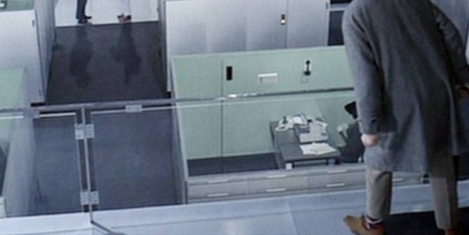
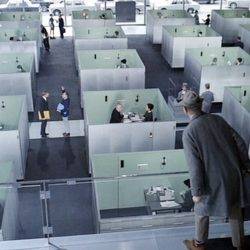

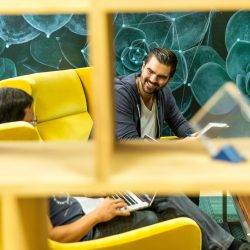




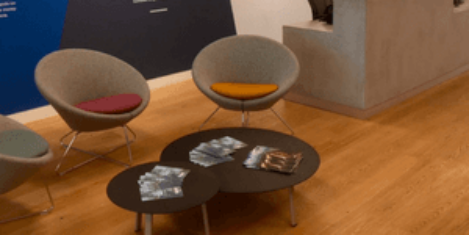
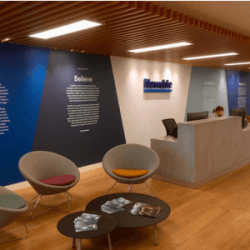

 In spite of all the evidence and their own experiences, over half (55 percent) of office workers believe access to the latest workplace technology would make them more productive; 43 percent said this would make them feel more valued, while 38 percent said it would motivate them to work harder. This is according to research for the report, The Hidden Value of Workplace Technology, conducted on behalf of Econocom by survey consultant Censuswide. The research found that workplace tech is important not just for companies looking to retain existing staff, but also to recruit new members.
In spite of all the evidence and their own experiences, over half (55 percent) of office workers believe access to the latest workplace technology would make them more productive; 43 percent said this would make them feel more valued, while 38 percent said it would motivate them to work harder. This is according to research for the report, The Hidden Value of Workplace Technology, conducted on behalf of Econocom by survey consultant Censuswide. The research found that workplace tech is important not just for companies looking to retain existing staff, but also to recruit new members. 

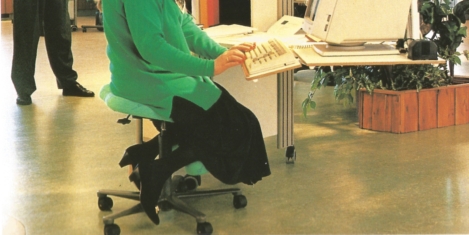
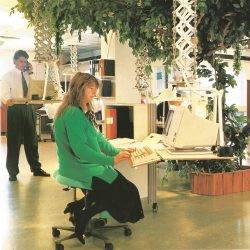

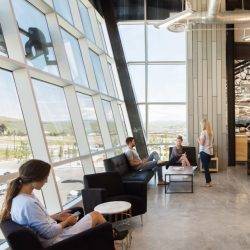









December 17, 2018
Don’t be a turkey, get on the commercial property gravy train
by Jo Sutherland • Comment, Property
(more…)